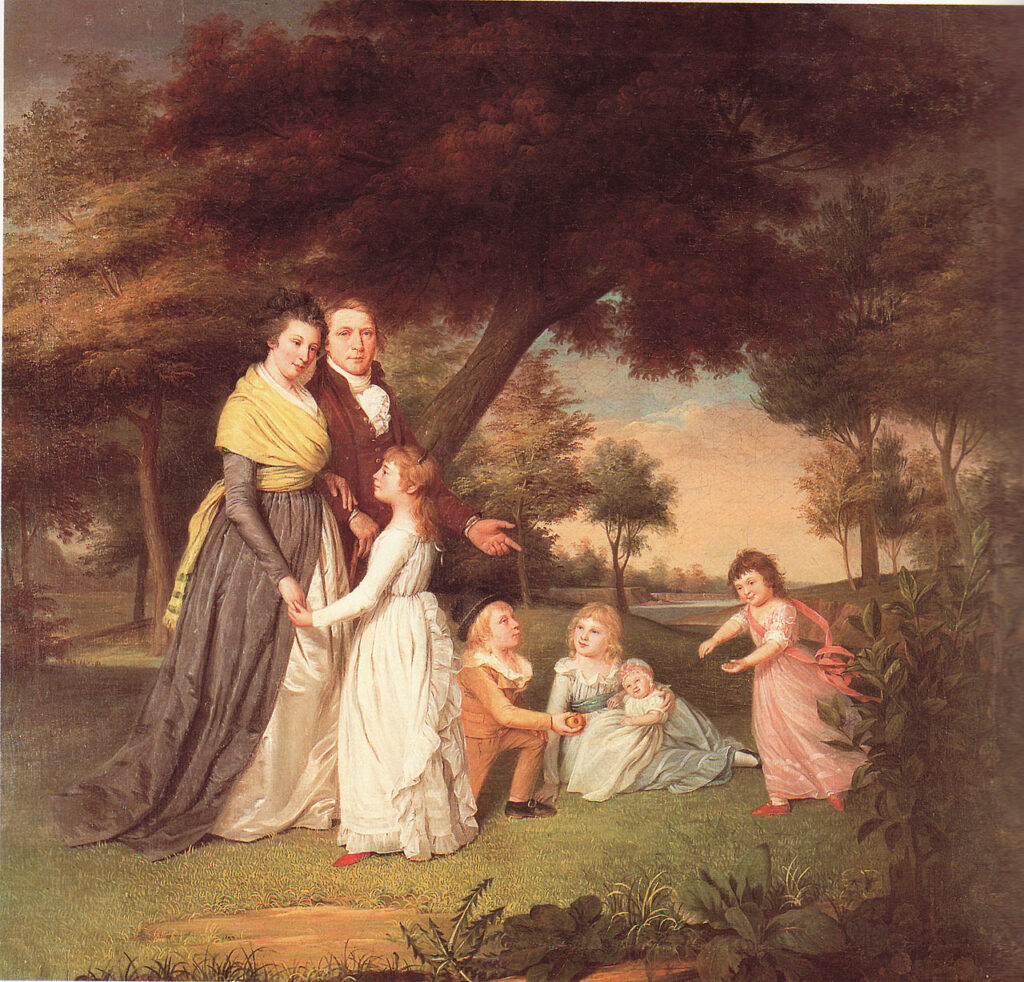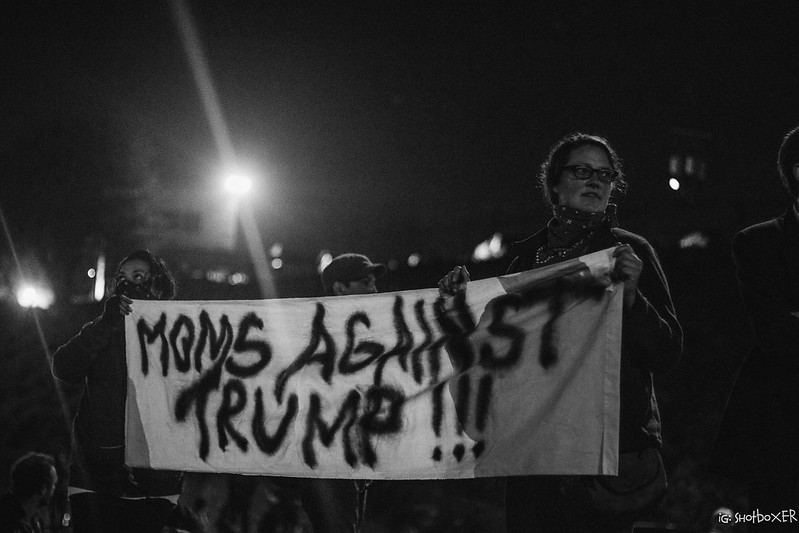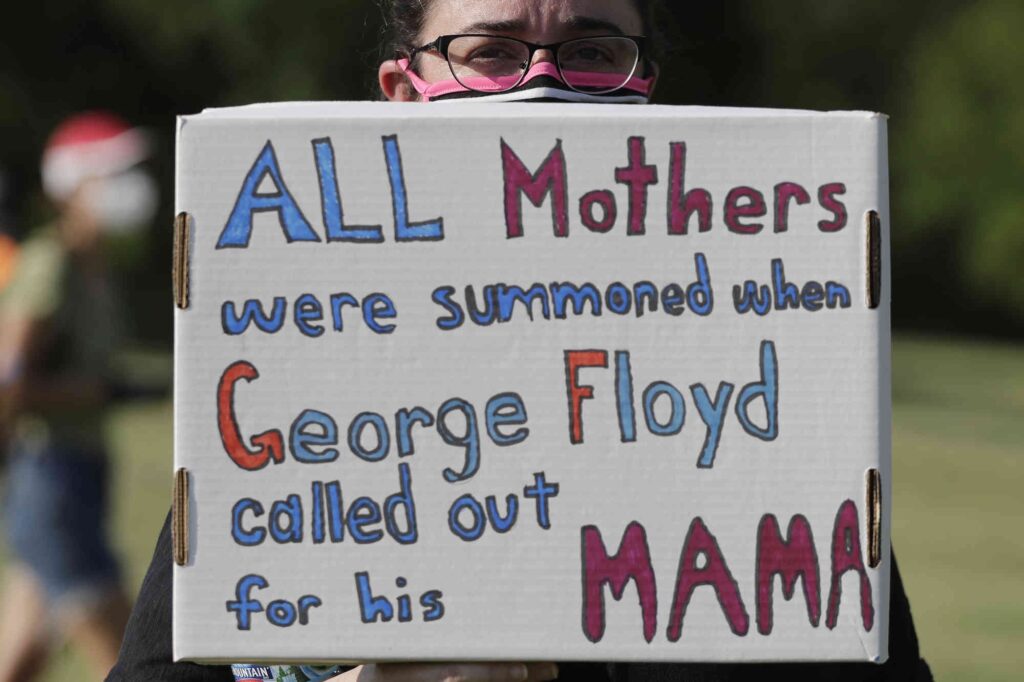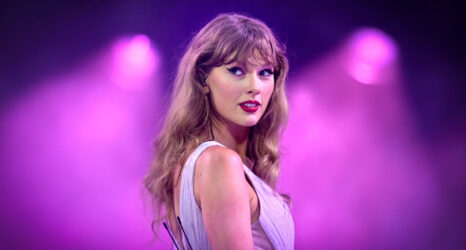Trump’s latest rhetoric reflects the ultimate gender stereotype: A woman’s place is in the home.
Rhetoric characterizing women primarily as wives and mothers harkens back to the earliest days of this republic. Now as then, such rhetoric fundamentally misrepresents the interests and identities of most women.
This article originally appeared on the Center for American Women and Politics. It has been republished with permission.
Donald Trump has a lot to say to suburban women. In his only direct appeals to women, Trump has lauded his ability to keep those he has framed as undesirable—like racial minorities and the poor—out of the suburbs, to ensure law and order, and most recently, to get suburban women’s husbands back to work.
These appeals are out of touch in many respects: The suburbs aren’t white enclaves, women also work, and women workers have lost, and not regained, more than their share of jobs due to COVID-19.
But Trump’s focus on suburban women is telling for what it reveals about the persistence of gender stereotypes in American elections. In A Century of Votes for Women, Christina Wolbrecht and J. Kevin Corder show that rhetoric characterizing women primarily as wives and mothers harkens back to the earliest days of this republic. Now as then, such rhetoric fundamentally misrepresents the interests and identities of most women.
In an election year in which we celebrate the centennial of the 19th Amendment, we may well wonder how far we’ve come. This year’s “suburban women” are the modern incarnation of “Republican Motherhood,” a prominent ideology that held that women’s private role defined their political role. Women were inherently pious, ethical and caring, and their appropriate contributions to the republic were indirect—to educate and encourage civic virtue in their husbands and sons.

When women won the vote, motherhood remained central to how politicians understood new women voters. Republicans, for example, pledged support for maternal and infant health provisions in 1920, and then passed the Sheppard Towner Act into law in 1921. Previewing both the limited success of such appeals and the consequences for representation, once politicians realized those sort of appeals weren’t moving women voters, they let the law lapse.
Modern Appeals to Women Voters
Modern appeals to women voters still emphasize women’s roles as wives and mothers.
In 1996, a senior advisor to Republican nominee Bob Dole invented the term “soccer mom” to describe incumbent president Bill Clinton’s outreach to women. Hundreds of newspaper and magazine stories soon described soccer moms as a sought-after swing vote.
And just like today’s “suburban women,” the term had clear class and racial connotations—with “soccer moms” implicitly and sometimes explicitly described as white, middle-class, married straight women with children who live in the suburbs. Since then, waitress moms (2000), security moms (2004), and hockey moms (2008) have been added to the repertoire of politically-salient mothers.
Trump’s latest rhetoric reflects the ultimate gender stereotype: A woman’s place is in the home. The suburban woman is, after all, quite literally defined by her place. It’s a place where, ostensibly, men go to work, and women are concerned primarily with the care of their children and the success of their husbands.
In the 19th century, the idea that men and women operated in separate spheres was used to justify women’s exclusion from the polls. Suffrage opponents claimed to defend motherhood but were invested in an idealized vision of it attainable only for a small slice of privileged white women.
In 2020, the focus again falls on stereotypic appeals to a small and increasingly unrepresentative slice of the female population. And these same assumptions about womanhood and motherhood are used to define and delimit the political interests of women.

The kinds of appeals Trump is making to suburban women also don’t seem to be having the intended effect. While his messaging may appeal to some women who hold very traditional views on gender roles, the polls show that suburban women as a whole are increasingly leaning toward Biden.
This too is consistent with past appeals to women as mothers. For example, President George W. Bush attributed his electoral success to “security moms” in 2004, but analysis after the elections found no evidence that women with children were more worried about terrorism or that such women voted for Bush for that reason.
When campaigns and the press traffic in gender stereotypes, they perpetuate an oversimplified understanding of gender and its political implications. Defining women’s interests in terms of suburban women—with all that connotes—too easily ignores the interests of many women who do not align with the ideal type. That includes those who are not mothers, Black women, Latinas, Asian and Pacific Islander women, rural women, urban women, poor women, older women, professional women, women on welfare, immigrant women and college-aged women—that is, the majority of women in the U.S.
Even more, it ignores the reality of women’s intersecting identities and how these intersections shape both what they need and demand from our elected leaders. Dr. Wendy Smooth recently suggested that if we were really interested in understanding and addressing turnout among groups of women who decide elections we would look to women of color voters and “use frames that address their rationales for voting like the ‘COVID-19 Moms’ or the ‘Breonna Taylor Voters.’”

What would campaigns look like if they targeted women more broadly? What would a government look like that was representative of and responsive to the full range and diversity of women? One hundred years after the ratification of the 19th Amendment, the answer to these questions is long overdue.
You may also like:





